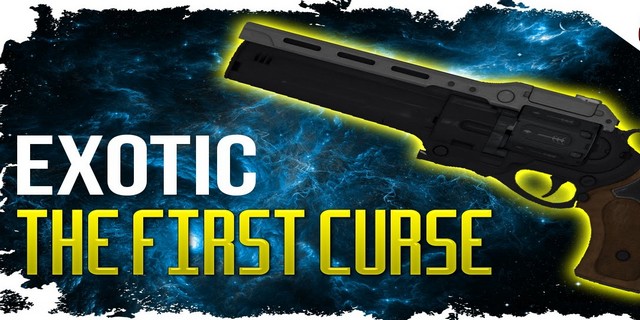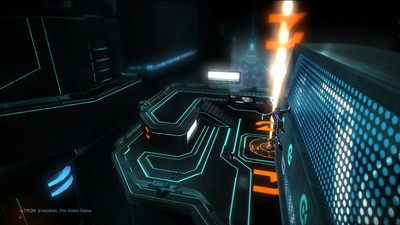

Xenonauts began life as a reimagining of the classic turn-based strategy game X-COM: UFO Defense. But where 2012's excellent XCOM: Enemy Unknown modernized the setting and recreated the franchise's systems in broad, easy-to-read strokes, Xenonauts threw itself headlong into the details. From individual, grid-based inventories to a line-of-sight cover system and destructible environments, every mechanic from the classic has been reimagined, rebuilt, and given an extra layer. The result is a deeply engaging, indie version of an alien invasion that stands toe-to-toe with X-COM—the classic and the reboots.
The year is 1979. An alien invasion has interrupted the apocalyptic bickering of the USA and the USSR, and the international forces of the Xenonaut project are Earth's only organized defense. The first thing you'll see in-game is the Geoscape, the world map. Placing a base and building a radar station allow you to track and intercept UFOs across a continent. Unlike in Enemy Unknown, satellites and sci-fi won't help you intercept UFOs on the other side of the planet. Here in 1979, you'll need to build and manage supplementary bases to protect everyone.
It's frustrating to watch abductions and other alien activity happen beyond your reach, but it's part of some excellent world-building. The world in X-COM is also at war, but Xenonauts makes me feel besieged and horrified in a way that X-COM never did. From my base in Florida, I can track UFOs across North and Central America, but reports of alien attacks across Europe and Asia continue to rattle in. A passenger airliner has been shot down; 128 dead. A military helicopter disappeared; 11 dead. A boat drifted to shore with no one on it; 14 missing. By the end of my first month, over 1,000 casualties have been reported in the areas that my radar doesn't cover.
As time goes on, the many nations of the Xenonaut project start to complain. Too many of their citizens are dying, and you're not everywhere at once. It's a constant balancing act that is familiar to X-COM players, but Xenonauts represents this tension with a fantastically granular system using dollar figures instead of star-based “panic” metrics. As a country loses faith in you, they decrease their funding $5,000 or $10,000 at a time. Every time a crop circle goes unanswered, for example, that might be one less jet fighter you can put in the air.
Once you spot a UFO, you scramble your nearest jets to go meet it. This second phase of the game is Xenonauts' largest single addition to the classic formula: an overhead, strategic air combat map that plays out in real time. The on-rails button-pushing of Enemy Unknown's air combat mode is more fully realized in Xenonauts. Each fighter can be individually ordered to move, use evasive maneuvers, and target specific opponents. It's intricate fun, but there's an auto-resolve option that will skip this phase if you'd rather get straight to the nitty-gritty.
After a UFO has been brought down, you send in a dropship with an assault squad to kill the surviving aliens and capture technology. This phase, which makes up the majority of the game, plays out in a classic, turn-based style that is second-nature for classic X-COM fans but could involve some trial and error for newer players. Each soldier has a reserve of time units they can use to move, check their inventory, open doors, and shoot. Xenonauts sticks very close to X-COM's roots here, but my favorite improvement is a time-unit reserve slider. If your soldier can move 70 units this turn at a dead sprint, you can tell them to move less and reserve enough time units for a quick shot—or save more time for an aimed shot. You can use these time units in any order, one or two steps at a time, and you'll still reserve a chance to shoot back when an alien flanks you by surprise. It's an incredibly useful addition that fits right in with the classic mechanics.
Another welcome addition: if you capture the UFO and hold it for five turns, you win the mission. The days of scouring the far corners of the map for the one alien hiding behind a rock have been thankfully left behind.
Xenonauts includes a detailed online manual, but it's a bit of a retro throwback that fails to take the place of a hands-on, in-game tutorial. If you've never played X-COM or anything of its type, you may have a hard time getting up to speed in Xenonauts, which presents you with a ton of menus and not a lot of in-game guidance. The manual is opened through the launcher, but an in-game tutorial would've made it more accessible for new players. For die-hard fans of the series, though, the game plays so much like X-COM that you'll already understand all but the most specific details.
I like the flexibility Xenonauts gives me to manage my soldiers, especially in regards to their equipment and class designations. The biggest frustration in Enemy Unknown is taking a rookie into the field and having them randomly promote to a soldier class that you don't need. Soon your barracks is full of snipers who can't replace your newly KIA heavy weapons expert. Xenonauts ditches that system and lets you assign any weapon to any soldier. There are class designations (assault, rifleman, sniper), but they're for your organizational purposes only. If you need another assault trooper, hire a rookie and hand them a shotgun: you're in business.
Having an adaptable squad is crucial, because these soldiers are fragile like porcelain dolls. In one of my first missions, my troop transport's doors opened to reveal an alien already aiming at us: we'd been dropped into a hot LZ. The oversized reptile's first shot hit my assault trooper in the face, and he dropped dead like a bag of hammers. We returned fire, but the alien's second shot wounded our sniper, who dropped her rifle and ran. As the rest of the squad stayed in cover to take out the alien, she ran into a field and bled to death. Losing an experienced soldier to permadeath always sucks (with Iron Man mode on, there's no save reloading), but after that mission I was able to take one of my other veterans, equip him with a sniper rifle, and rebuild my squad without promoting a gun-shy rookie.
Equipping your squad also gives you an opportunity to bring gadgets like demolition charges, heat-resistant riot shields, smoke grenades, and flashbangs. Adding these to your kit opens up new ways to play in Xenonauts' fully destructible environments. I never imagined a version of X-COM that would encourage me to use C4 to blow apart a wall, toss flashbangs, and charge into close range with shotguns. Now that I've found one, I never want to go back.
New features like these are a lot of fun, but in replicating and improving what made X-COM great Xenonauts also repeats the steep initial learning curve, unforgiving failure states, and occasional frustrations of the classic. The Geoscape and all its many possibilities is daunting for first-timers, and getting used to the time unit system will require some tinkering and missteps. Players who appreciate granular detail will love the options Xenonauts gives them, but it may take a couple of hours of work and a few quickloads to feel comfortable with everything the game has to offer.
If you're an old fan of the X-COM series, of course, forget about finding your old install disks or putting up with twenty-year-old graphics—playing Xenonauts is the best way to relive those glory days with deeper systems. If you're new to X-COM, Xenonauts will let you explore the series' classic roots with added depth and details.
THE VERDICT


